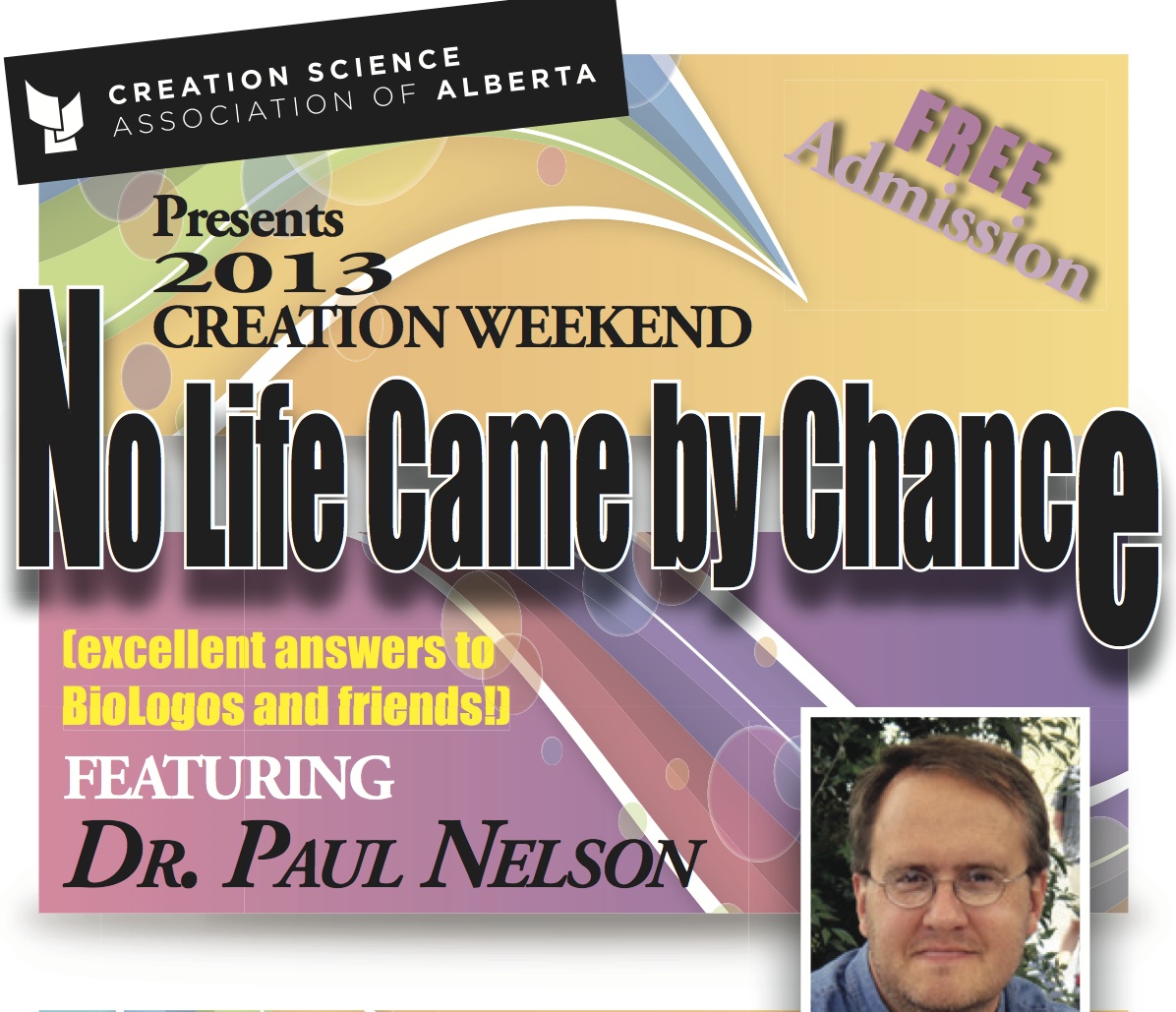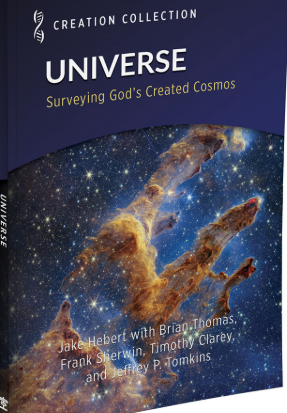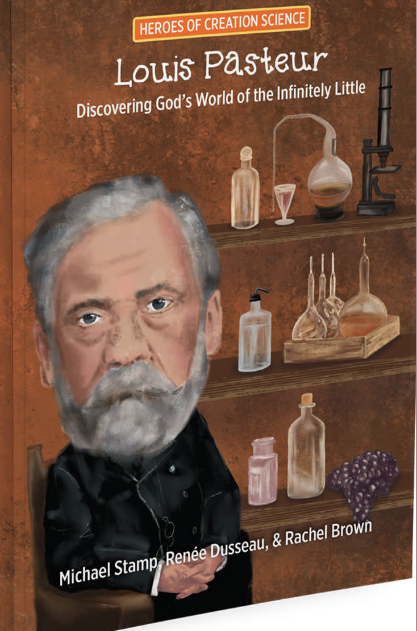Articles » Intermediate
Have you ever wondered how this transformation takes place? The caterpillar makes his cocoon (or chrysalis) and out pops the butterfly – pretty simple, right? Simple – until you realize that nearly every single organ in the caterpillar body is destroyed and then remade into a beautiful butterfly. Eat leaves? Now change your diet to drinking nectar. Those tiny suction-cupped feet? Forget those – now you can fly with wings that make the whole world envious of your beauty. Read the rest of this entry »
Eggs are complex structures designed to allow the embryo to develop outside of the mother’s body. An animal egg (Latin, ovum) provides a protective shell in which an embryo can develop. In most birds, reptiles, insects, mollusks, fish, and monotremes (mammals that lay eggs instead of giving birth to live young), the egg contains an ovum or, if fertilized, a zygote. A zygote results from fertilization of an ovum, and develops into an embryo. Read the rest of this entry »
Woodpeckers (family Picidae) are found almost everywhere on the continents except extreme polar regions. Most species live in forests or woodland habitats, and many of the about 30 genera and 214 known species are now threatened due to loss of habitat or habitat fragmentation. The smallest woodpecker is the Bar-breasted Piculet (seven grams and eight cm tall) and the largest is the Imperial Woodpecker (average over 600g (1.3 lb) and 58 cm (23 inches) tall. Some species exhibit differences in appearance of the sexes such as body size, weight and bill length. In such cases, the males are larger. Read the rest of this entry »
Sometimes it seems as if information is the most important commodity in our technological age. Information, of course, can be put to good or bad uses. We would all agree, no doubt, that computer viruses are a bad use of information. In that situation, a small piece of computer code (information), once it is inside your computer, can take over the whole operating system, with disastrous results for your interests. Of course such problems are nothing new. The term “virus” comes from natural phenomena that do the very same thing to living cells. Invading information occurs to even the smallest cells, bacteria. In fact, some of the bacteria that most threaten our health, are themselves the victims of invasive information from outside unrelated sources. Consider the case of the infamous Escherischia coli 0157:H7, cause of potentially fatal hamburger disease and in some isolated situations, contaminated water. Read the rest of this entry »
It is interesting how dinosaur artifacts continue to amaze us. For example, in 1961, petroleum geologist R. L. Liscomb discovered a large bone bed on the banks of the Colville River in Alaska, not far from the Arctic Ocean. Since the bones were not perminieralized (fossilized), he assumed they were recent bison bones. He deposited some in a museum and for twenty years nobody gave the bones another thought. Then somebody noticed that these were Edmontosaurus bones (duckbill dinosaur). In 1985 palaeontologist William A. Clemens reported abundant dinosaur bones at the Liscomb site and in 1987 associate Kyle L. Davies described the condition of the dinosaur bones: “The quality of preservation is remarkable. The bones are stained a dark red brown but otherwise display little permineralization, crushing or distortion.” (J. Paleontology 61 #1 p. 198). Could such bones really be millions of years old as many scientists now supposed?
The experiment with fruit flies was basically uncomplicated. Any university student could have carried it out providing they could identify and count the various mutant forms. But there was more to the issue than mere counts of fruit fly offspring. The study was supposed to, and had long been considered that it in fact did, support a key idea of Charles Darwin. More than sixty years had passed since the fruit fly work was published. Subsequent to publication in the new journal Heredity in 1948, few people paid much attention to the study until it was quoted favourably in 1972 and 1994 as supporting Darwin’s idea of sexual selection. Those references conferred celebrity status on the work and many citations followed. But then in 2012 a study was published which questioned not only the 1948 work, but also a major component of Darwin’s theory of evolution. However the reasons and issues surrounding the new study are not what we might hope or expect. It is important to remember that scientists draw conclusions in keeping with their world view and there is more diversity in world views in science than one might imagine.
You have to wonder how a big science project in biology, which involved 32 laboratories from 10 countries and 440 scientists, and which cost $130 million, could be controversial with many other mainstream biologists. The lead articles were published in the journal Nature on September 6, 2012. What could be controversial about that? Well it transpires that many scientists, who were not involved, did not like the initial thinking on which the project was based, how the research was carried out, and how the conclusions were drawn. What certain mainstream scientists particularly did not like was that so many intelligent design and creation scientists were so pleased. Read the rest of this entry »
This is a very welcome new book. Our catalogues provide beautifully illustrated books on fossils for young students of the junior high variety, but little for interested adults that is not highly technical. Here we find a nicely illustrated book with discussion at an adult, but not overwhelmingly technical level. On each topic, the authors firstly present the evolutionary argument and then they show how this conclusion does not actually represent the fossil description, location in the rocks and comparison with other fossils. Read the rest of this entry »
Creation Science Association of Alberta is delighted to announce that biologist and philosopher Dr. Paul Nelson has agreed to be our featured speaker for Creation Weekend, Friday evening and all day Saturday October 18 and 19, 2013. Dr. Nelson is a friendly and non-confrontational individual who makes the latest information in biology come alive in his lectures. He not only describes the issues, but he tells us what the significance of the material is.
It was Rene Descartes (1596-1650) who famously said “Cogito ergo sum” or “I think, therefore I am.” Obviously thinking at that time was an activity held in high esteem. And we might suppose that thinking is a skill that we all appreciate today too. That however is not necessarily so. Consider for example the recent case of American philosopher of science Thomas Nagel. You might expect that thinking is what philosophers are paid to do. That is what Dr. Nagel thought too. Read the rest of this entry »
It was in April 1953 that Frances Crick and James Watson published their proposed description of the DNA molecule. As they anticipated, biology was forever changed. Now biologists had a molecule which they could study, which stored hereditary information. The 1960s saw the emergence of the ‘standard model,’ which held that DNA codes for proteins which determine the characteristics of each creature. However on the occasion of the 60th anniversary, one commentator in the journal Nature declared: “We do not know what most of our DNA does, nor how, or to what extent it governs traits.” (496 #7446 p. 419). Read the rest of this entry »
An interesting new book has appeared which features questions and answers and discussion on design in nature. The author informs us that there are two ways to interpret the amazing details of how creatures survive and reproduce in their environments. Firstly, we can consider if the component parts of the organism, or even a whole organism itself, actually fulfill a purpose. If the characteristics promote the success of the creature, then the answer is yes. Next we can ask ourselves what might be the best explanation for the fit of the creature with its environment. It is the case that people intuitively link such purpose with intelligence planning, declares the author. Thus we can conclude that the creature was designed for its role in nature. Here we see an inescapable example of God`s work of design since design flows from a real designer. Read the rest of this entry »
Over the last decade, everything has become digital. We don’t capture images on film anymore, but in digital files. We don’t send letters, we send email messages. We don’t buy books, we download documents to an e-reader. Every organization has a website. Information is at our fingertips, but the whole system is extremely fragile.
The problems with our digital storage technologies are twofold. The data don’t last once they have been laid down and must be transferred to keep them fresh, while the technology for storage and reading keeps changing. An amusing example of this is NASA, which in the early 2000s, found that it was unable to access data from the space program of the 1960s and 1970s. So there they were, scouring internet auction sites to find second hand eight-inch floppy drives which could read their priceless data. Similar events of loss or near loss happen all the time. In 2009 when Yahoo! closed their GeoCities server, a huge amount of data was lost, perhaps “the most amount of history in the shortest amount of time, certainly on purpose, in living memory.” Nobody seemed to notice, but if these had been paper documents which were lost from a library, the outcry would have been anguished indeed. The take home lesson is that as a digital society, we need better systems to store and read data. In view of this, some scientists have turned their attention not to a new system, but to a tried and true system, much better than modern devices. Enter DNA to the discussion. Read the rest of this entry »
Dr. Paul Nelson is a prominent spokesperson for the creation and intelligent design communities. It was in that capacity that he introduced enthusiastic participants at the 2013 Creation Weekend in Edmonton, to new arguments and exciting information. Read the rest of this entry »
Astronomer Halton Arp (1924-2013) represents an excellent example of how mainstream scientists protect their favoured explanations against anyone, no matter how qualified or prestigious, who dares to question the majority position. We see how actual observations made by Arp and colleagues, were/are not allowed to call the Big Bang origins theory into question. Read the rest of this entry »







